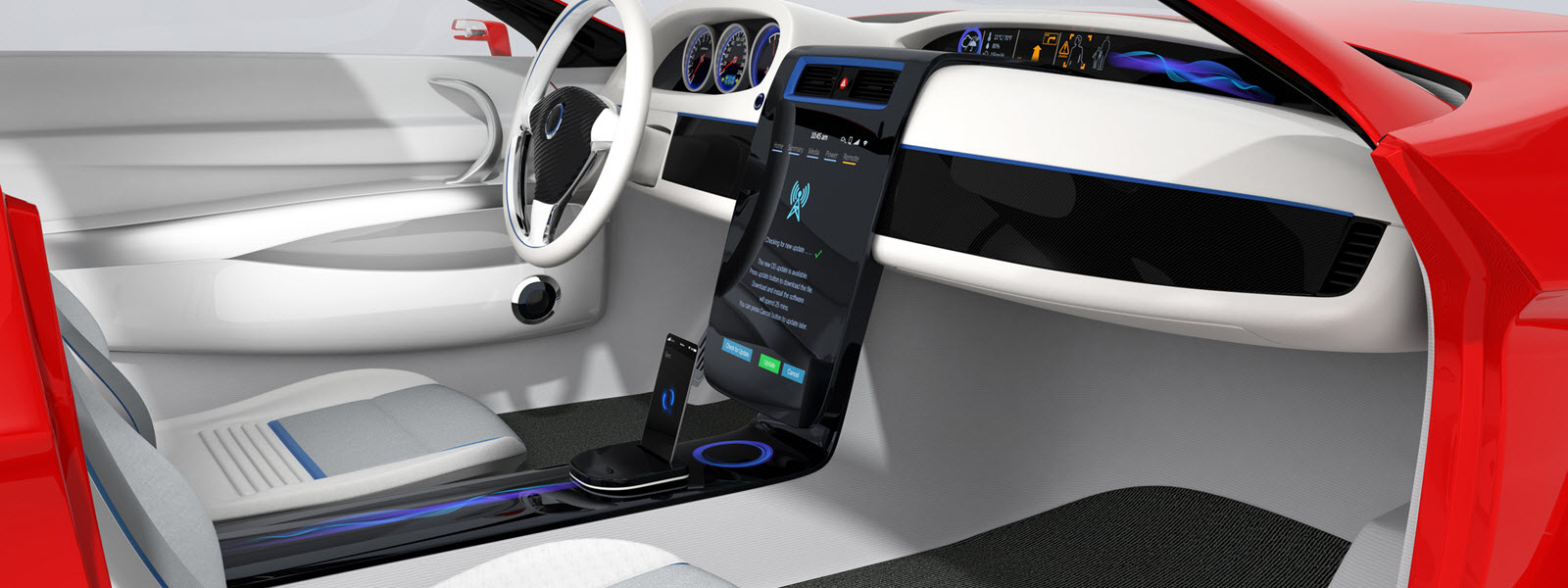Let’s talk about elevators for a minute. Yes, elevators. When modern elevators were invented in the 1800’s, they looked and operated much differently than elevators do today. They were manual and required operators to move between floors. They also had their fair share of safety problems. No one at the time could have imagined that elevators would become automated. And yet, when driverless elevators were created in 1900, no one liked them. People had many questions; they were afraid of the new elevators and reluctant to ride in them. The transition to driverless elevators back then can be compared to the introduction of today’s autonomous and connected vehicles.
Many of us drive every day. If we’re not driving ourselves, someone is driving us from point A to point B. However, the cars we sit in today are not what the cars of 10 years ago, five years ago, or even last year. The technology that powers today’s vehicles (and that keeps us safe!) continues to evolve at a rapid pace; it will ultimately change the way we live and breathe.
Over the past several years, at the annual Milken Institute Global Conference, groups of experts have gathered for in-depth discussions about the future of the automotive industry. The annual event attracts some of the world’s most extraordinary people to explore solutions to today’s most pressing challenges. In particular, the last two conferences focused on autonomous and connected cars.
Based on the highly engaging discussion between the panelists and the audience, it’s clear that we are still in the very early stages of autonomous and connected vehicle technology. The advancements we make today, both big and small, will have a significant impact on our world for generations to come.
In a new guide, we explore the industry’s interest in and movement toward autonomous and connected cars. Download it here.

